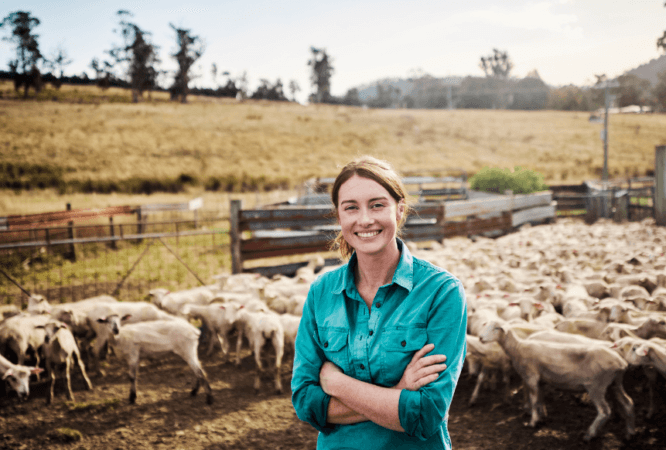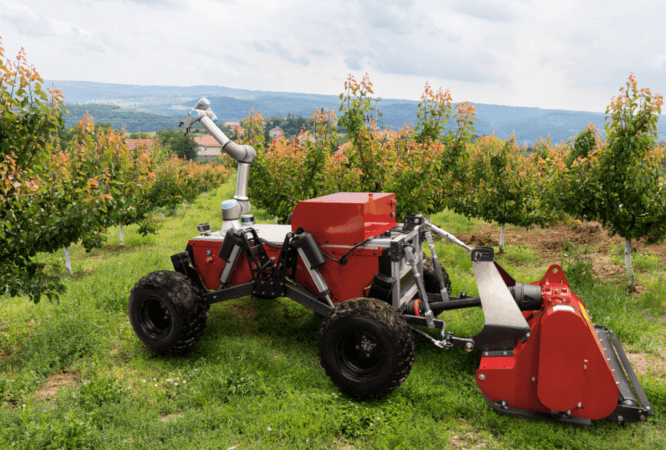
- By Sensorfy
- 12 February 2025
- 0 Comment
How technology is helping Australian farmers overcome rising costs and operational challenges
Inflation, supply chain disruptions, and fluctuating market demands are compounding these challenges, making it more difficult for rural farmers to maintain profitability while ensuring sustainable land management.
To tackle these issues, digitalisation and smart farm technologies are becoming indispensable. Advanced solutions such as remote sensor networks, asset monitoring, and process automation are revolutionising how farmers manage their properties, offering real-time insights that were once only available through large-scale harvest systems designed to track crop yields.
The Power of Automation Technology in Agriculture
By deploying remote sensor networks across their land, farmers can continuously monitor critical factors such as:
Soil moisture levels: Ensuring irrigation is applied precisely where and when needed, reducing water waste and improving crop yield.
Weather conditions: Advanced weather stations provide hyper-local forecasts, enabling better decision-making for planting and harvesting.
Livestock health: Wearable sensors on cattle can detect early signs of illness, reducing the risk of disease outbreaks and improving herd management.
Equipment efficiency: IoT-enabled machinery monitoring helps detect performance issues before they lead to costly breakdowns.


Improving Farm Efficiency with Data-Driven Decision Making
Similar to how modern harvest systems assess and optimise crop yield, digital monitoring systems allow farmers to make precise, data-backed decisions about their land. These technologies provide key advantages such as:
- Reduced operational costs: Automating irrigation and fertilisation lowers expenses by preventing overuse of water and chemicals.
- Time savings: Remote monitoring eliminates the need for constant on-site inspections, allowing farmers to focus on strategic tasks.
- Enhanced sustainability: Smarter resource management leads to lower carbon footprints and more environmentally friendly farming practices.
Real-World Applications of Digital Farming Solutions
Across Australia, early adopters of these digital solutions are already experiencing significant benefits:
- A vineyard in South Australia implemented a network of soil moisture sensors and reduced water usage by 30% while increasing grape yield.
- A Queensland cattle station introduced GPS tracking and biometric monitoring for livestock, reducing losses and improving herd productivity.
- A Western Australian grain farm automated its irrigation system, cutting labour costs and improving efficiency during drought conditions.
Embracing the future of Smart Farming
As technology continues to advance, the adoption of digital solutions in agriculture is no longer just a competitive advantage—it’s a necessity. With the right combination of sensors, automation, and data analytics, farmers can enhance productivity, reduce costs, and build more resilient farming operations for the future.
